
Author: ananya kondiparthy

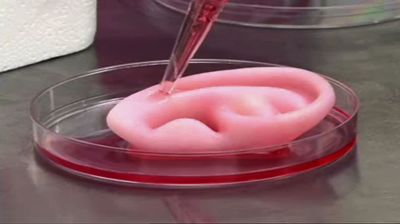
Researchers use BioBot 3D bioprinter for nerve cell engineering
May 13, 2015
No Comments
Read More »
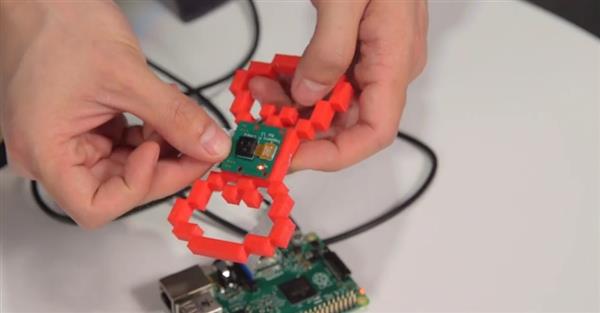
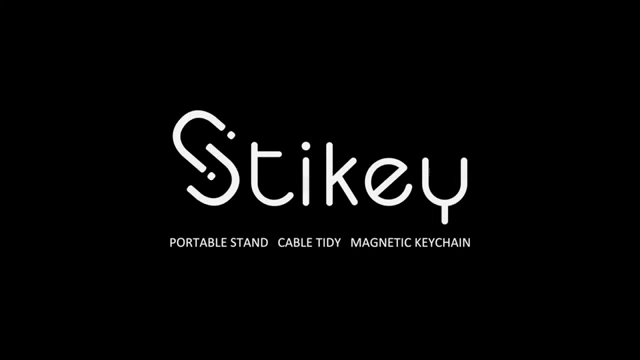
Trio 3D prints portable stand, smartphone wall attacher and cable tidy (all-in-one)
May 11, 2015
No Comments
Read More »
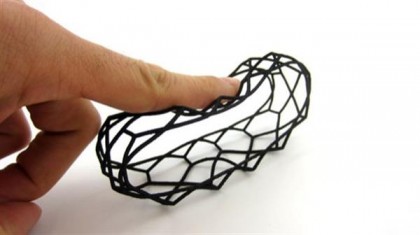
Students design & manufacture 3D printed customized resin skin for prostheses
May 10, 2015
No Comments
Read More »
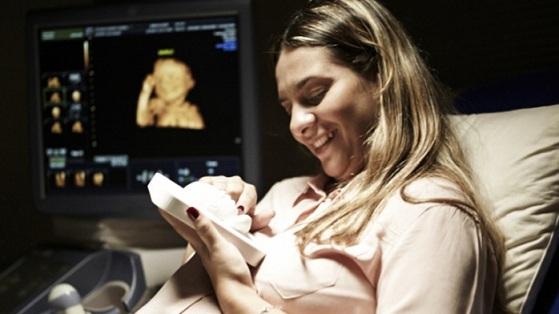
Doctor surprises a blind would-be mother with a 3D printed face of her unborn baby
May 8, 2015
No Comments
Read More »
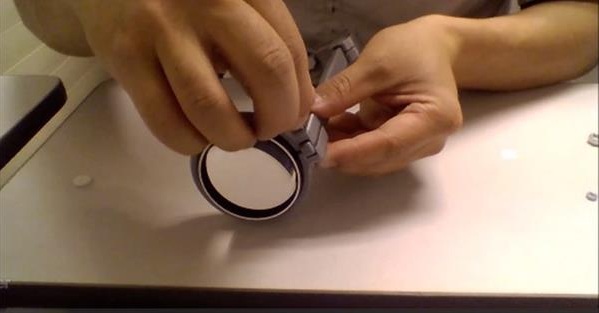
Doctor uses 3D printing technology for transforming eye care solutions
May 7, 2015
No Comments
Read More »
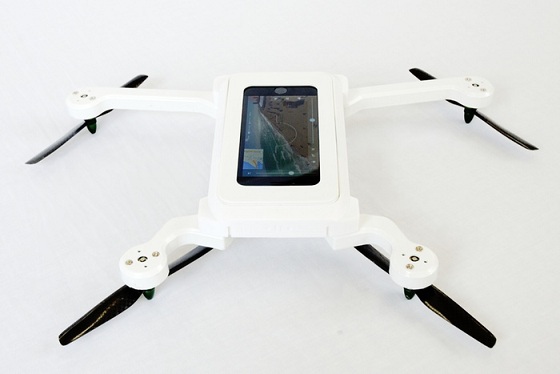
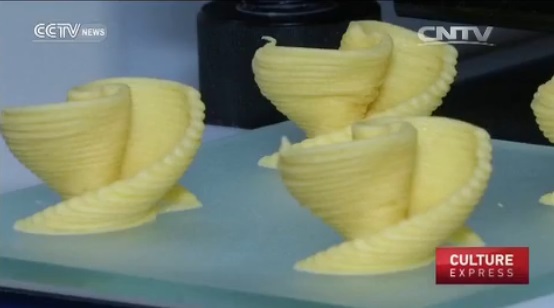
Barilla believes that traditional pasta lovers will start liking his 3D printed pasta
May 6, 2015
No Comments
Read More »